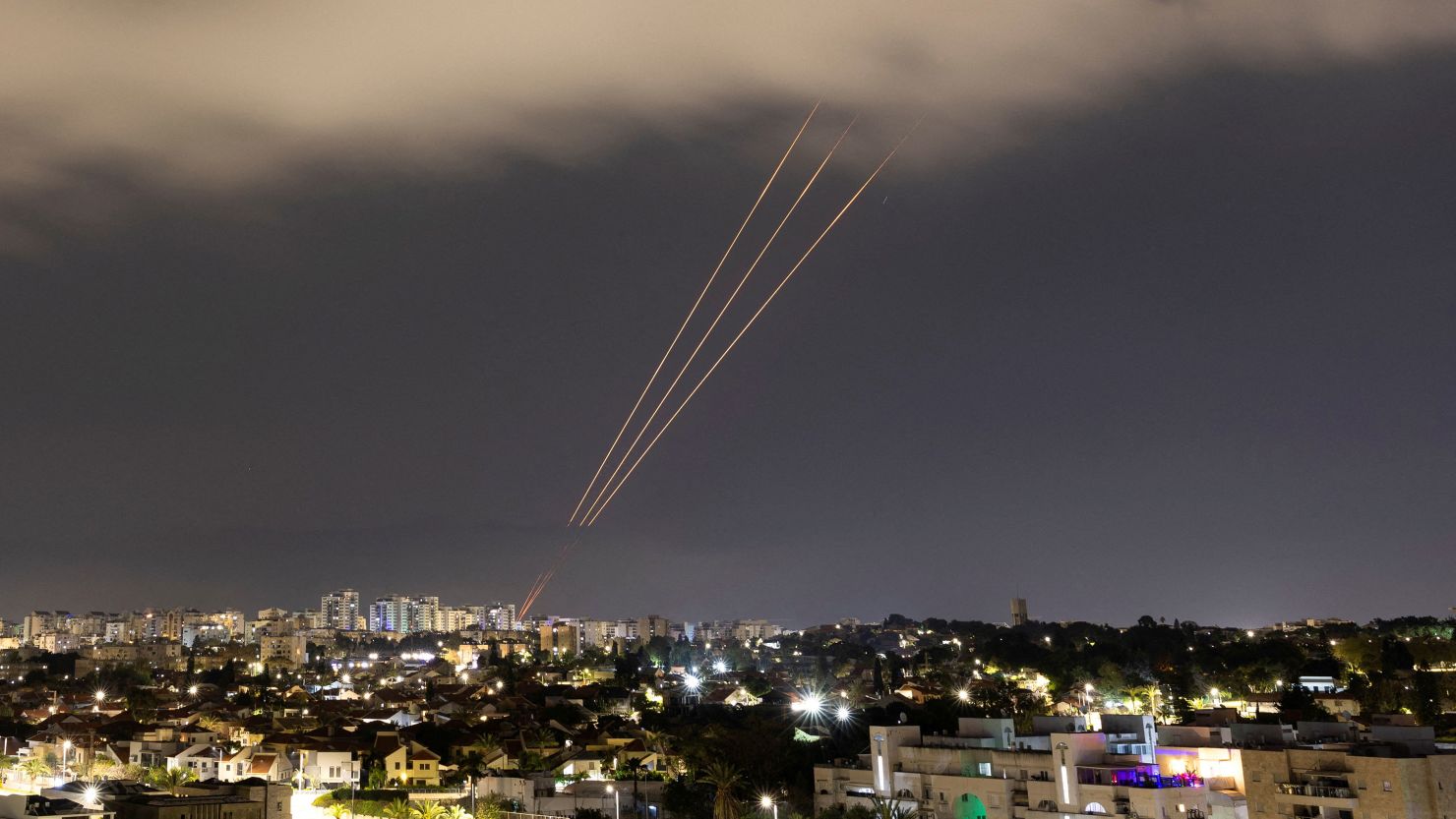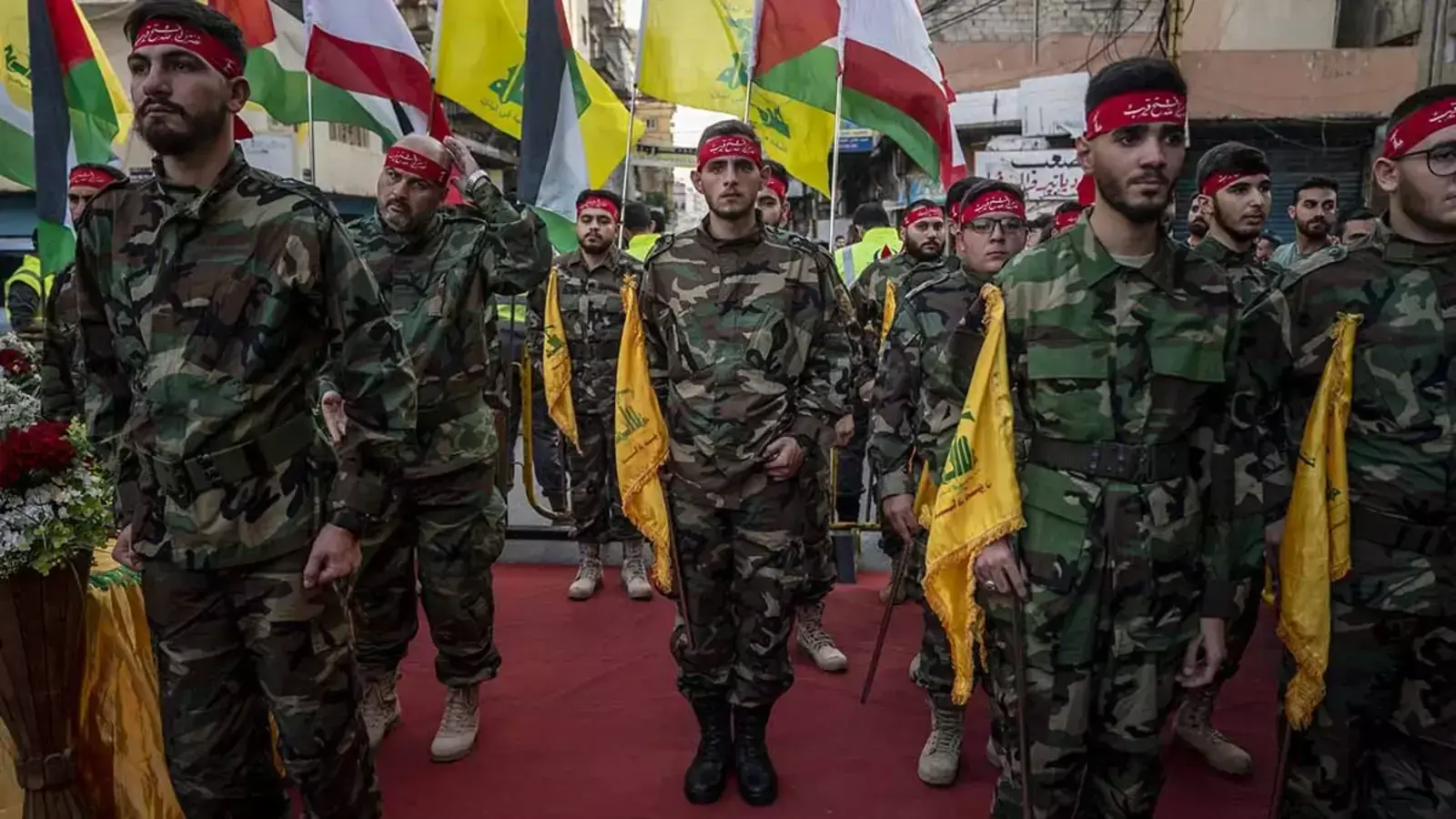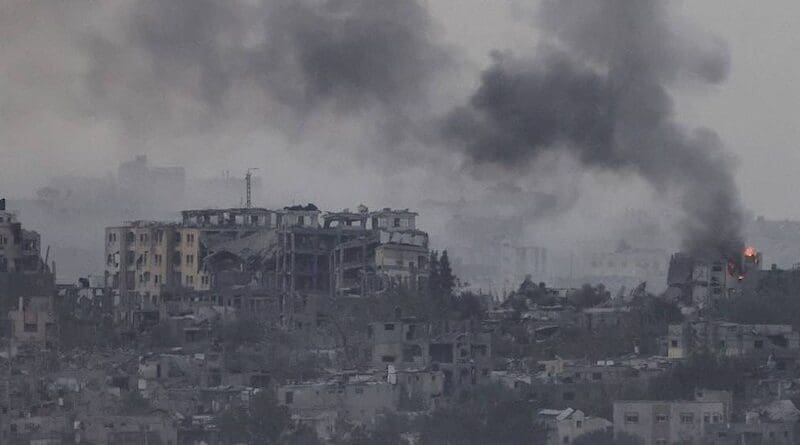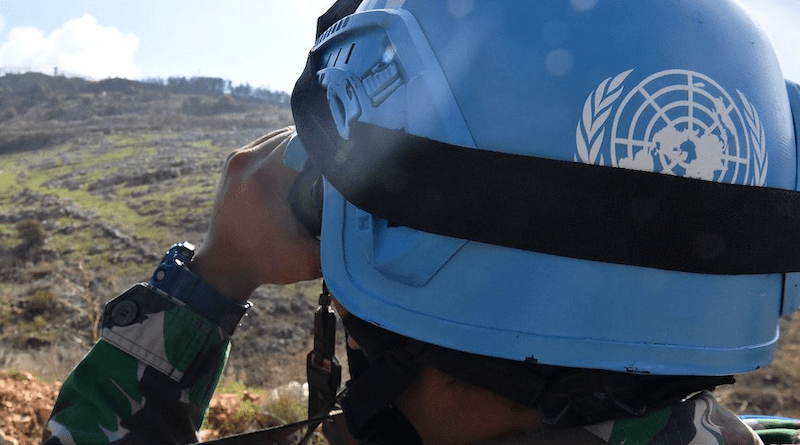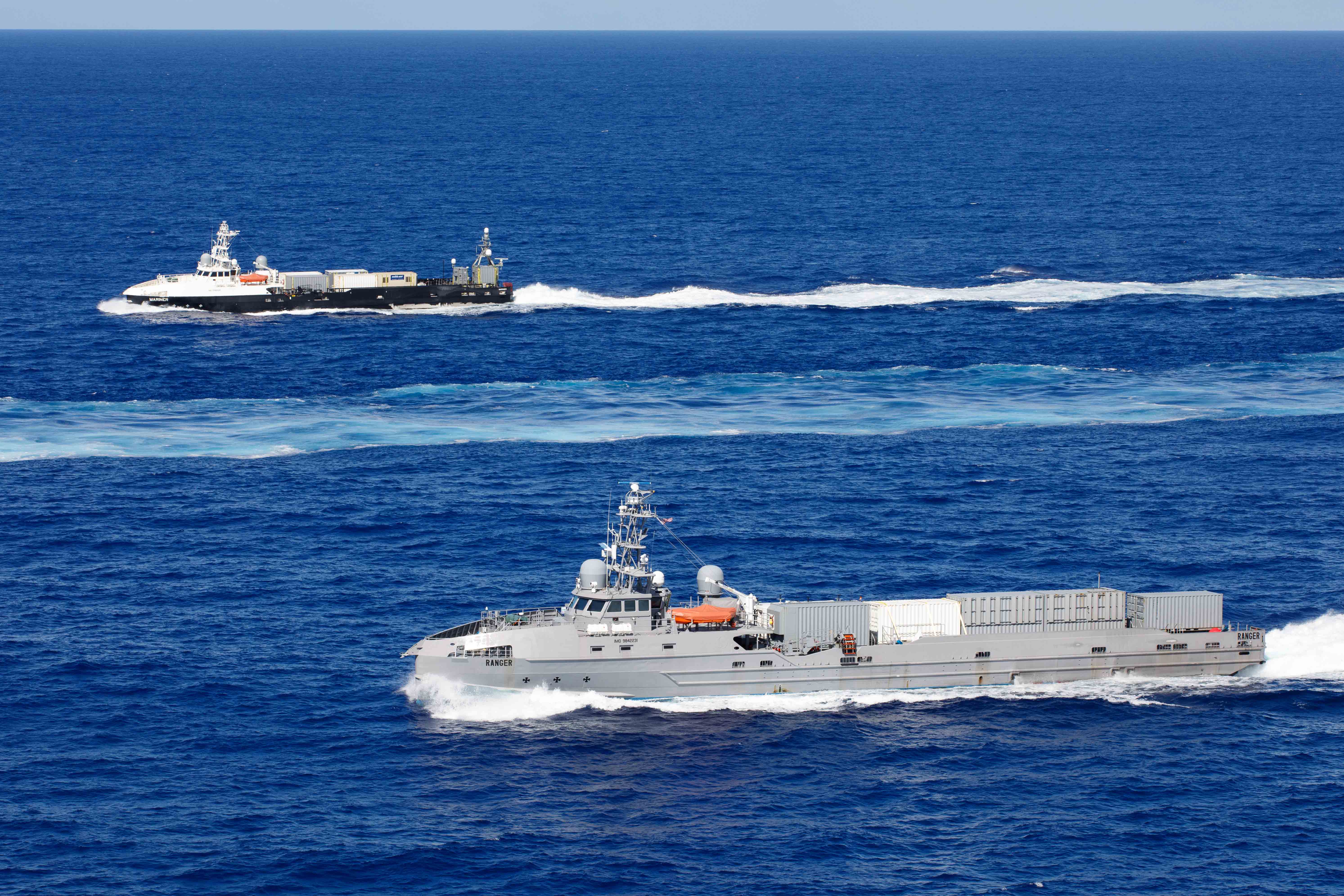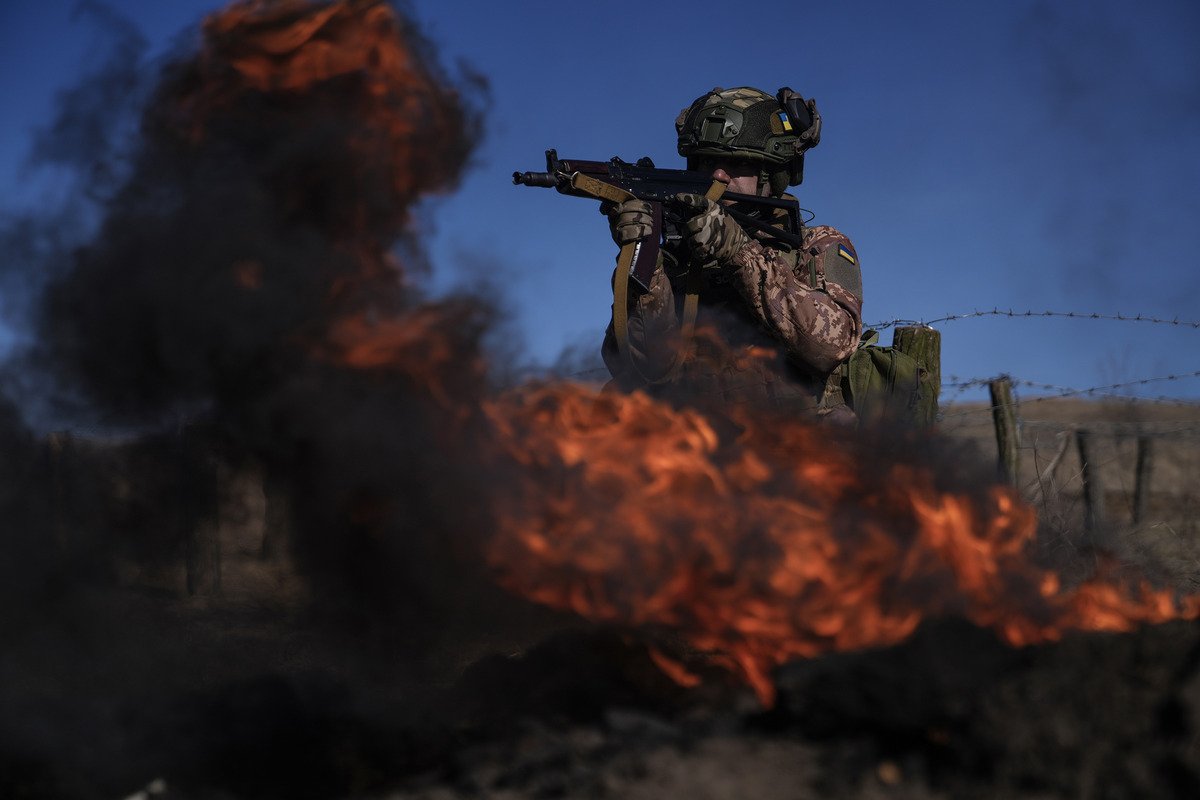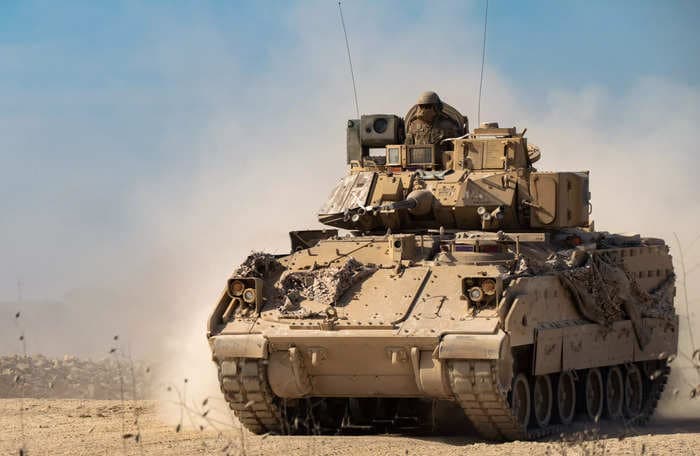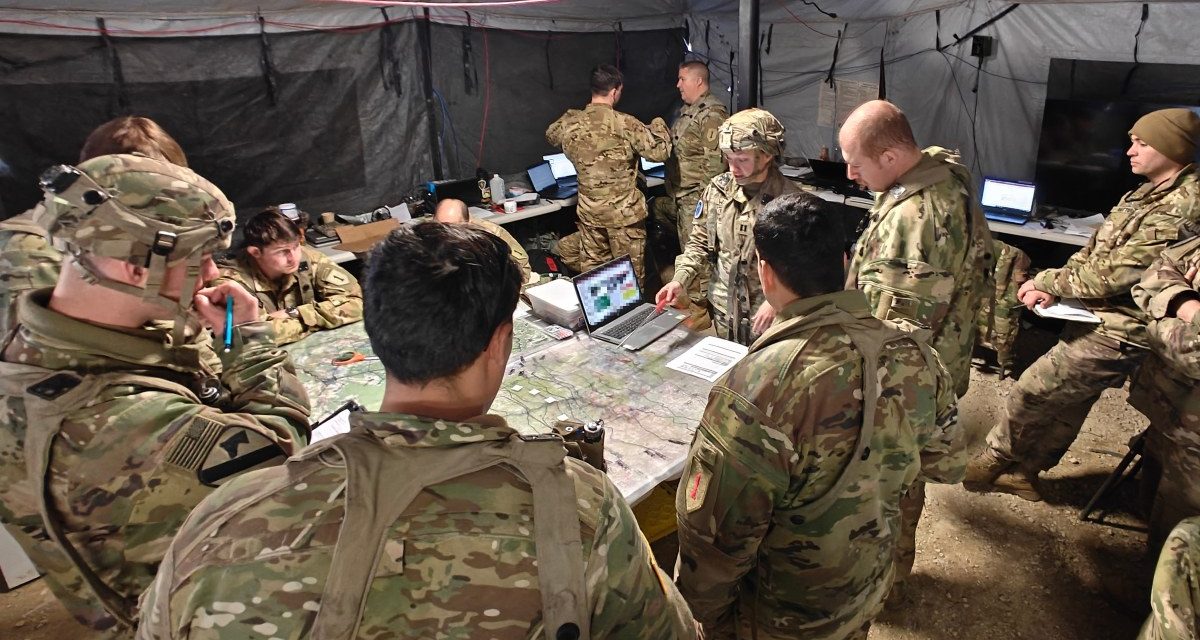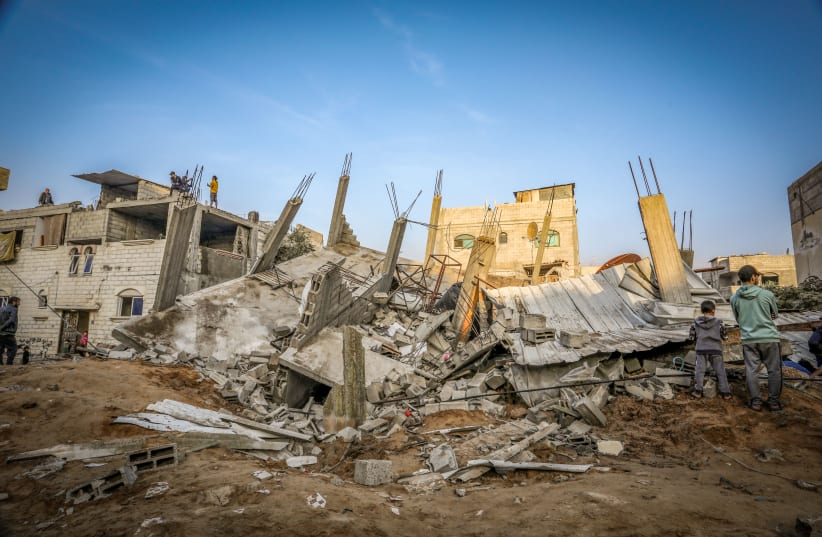UJJWAL SHROTRYIA

Two days ago, Israel, with the help of the US, successfully defended against a large missile and drone attack from Iran.
Of the more than 325 projectiles — 185 drones, 110 ballistic missiles, and 30 cruise missiles — fired by Iran, Israel claims that close to 99 per cent were intercepted, with only a few, estimated to be seven, falling at an air force base in Israel causing minor damage.
This raises the question — What if India faced a saturated long-range drone attack by either Pakistan or China?
Can India defend against such a hypothetical massed saturated attack?
Drones — unlike ballistic missiles that follow a ballistic trajectory and fly high in the air, which is detectable by radars — fly at a very low altitude like a slow-moving cruise missile, making them very difficult to detect. Unless the defender has prior information or early warning mechanisms and systems in place, it becomes very difficult to intercept until the drones have come uncomfortably close.
The Israelis had prior warnings that Iran would strike them within the next 24 to 48 hours. This allowed the IDF and its allies to be ready for the attack.
However, knowing the attack will take place is one thing, but having real-time information about the attack is another. The latter allows the defender to place adequate assets in the right quantity at the right place and at the right time.
The Israelis, with the help of their American, British, French, and Arabian allies, had sufficient real-time information about the attack. As soon as the missiles and drones took off from Iranian territory, Israel’s Arabian allies, like the United Arab Emirates, Jordan, and Saudi Arabia, shared accurate radar tracks of the drones with the US and Israel, giving ample time to the Israeli Air Force to be on correct locations to shoot down the drones.



